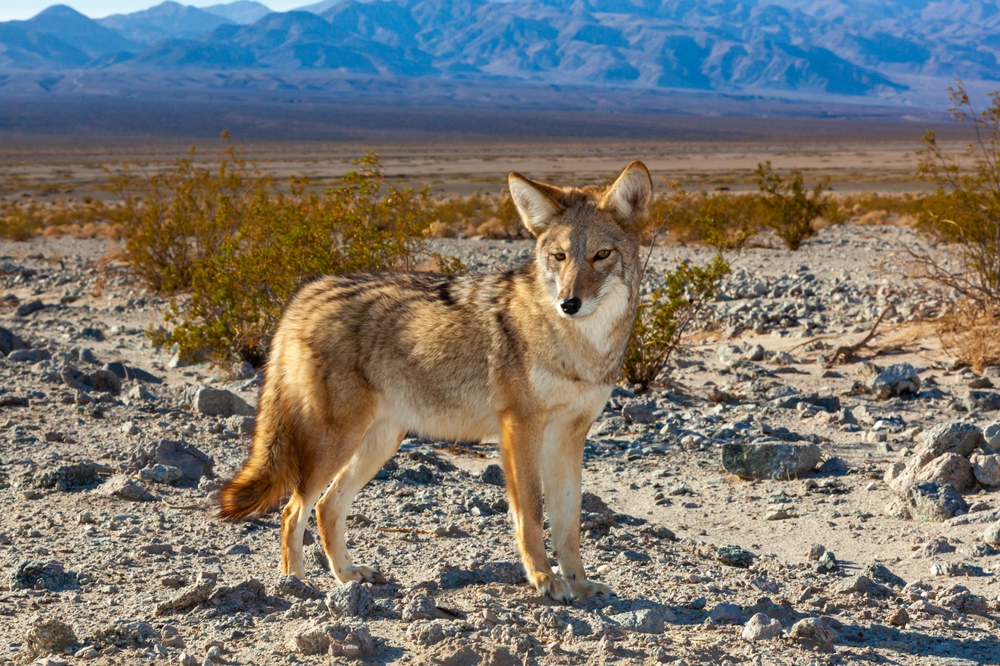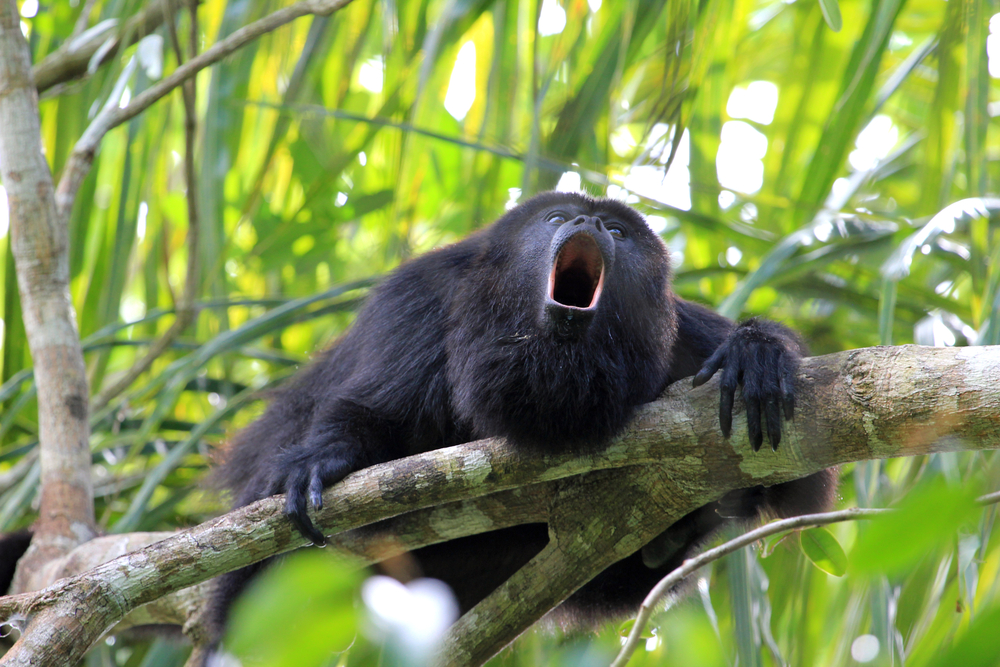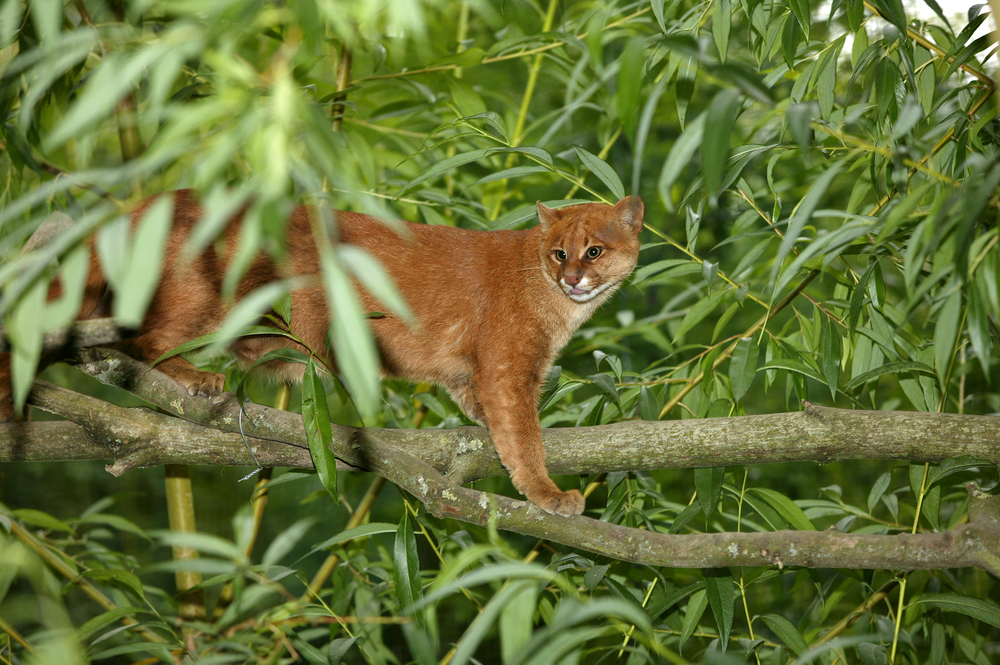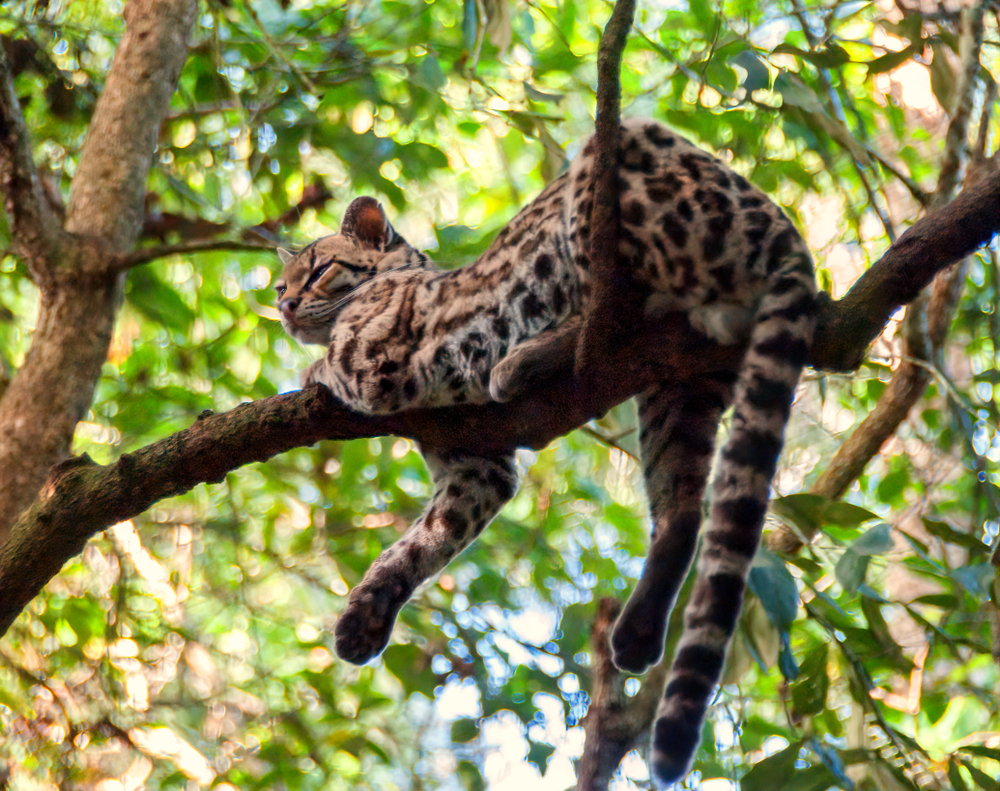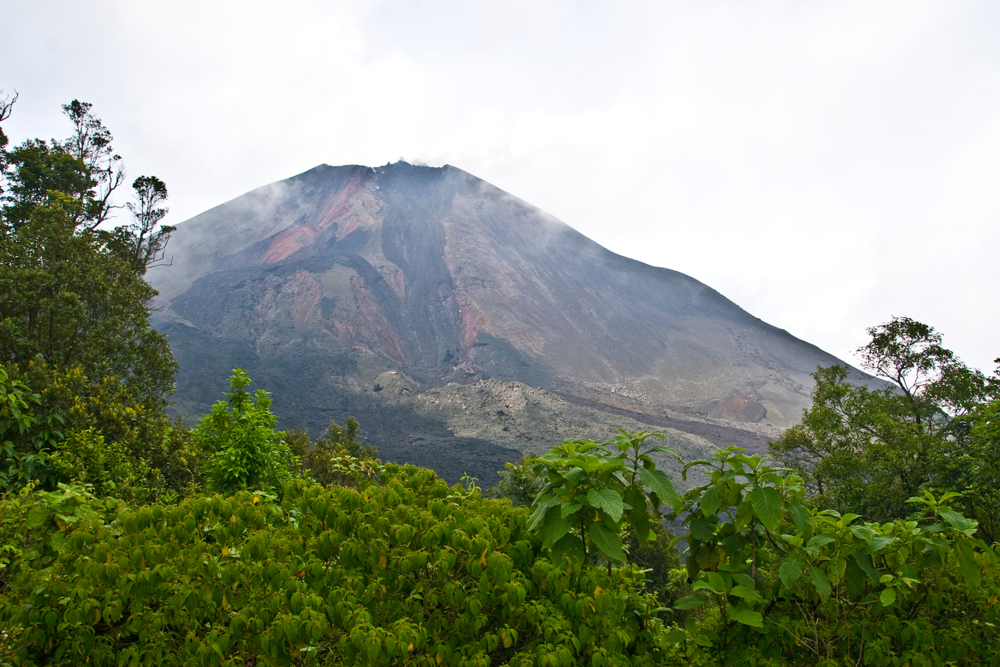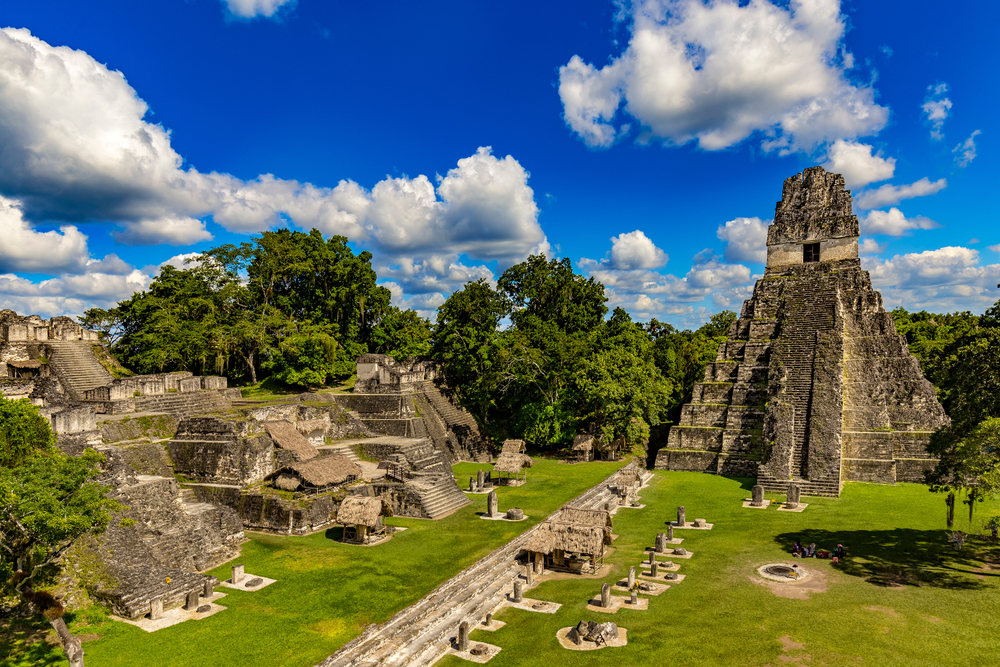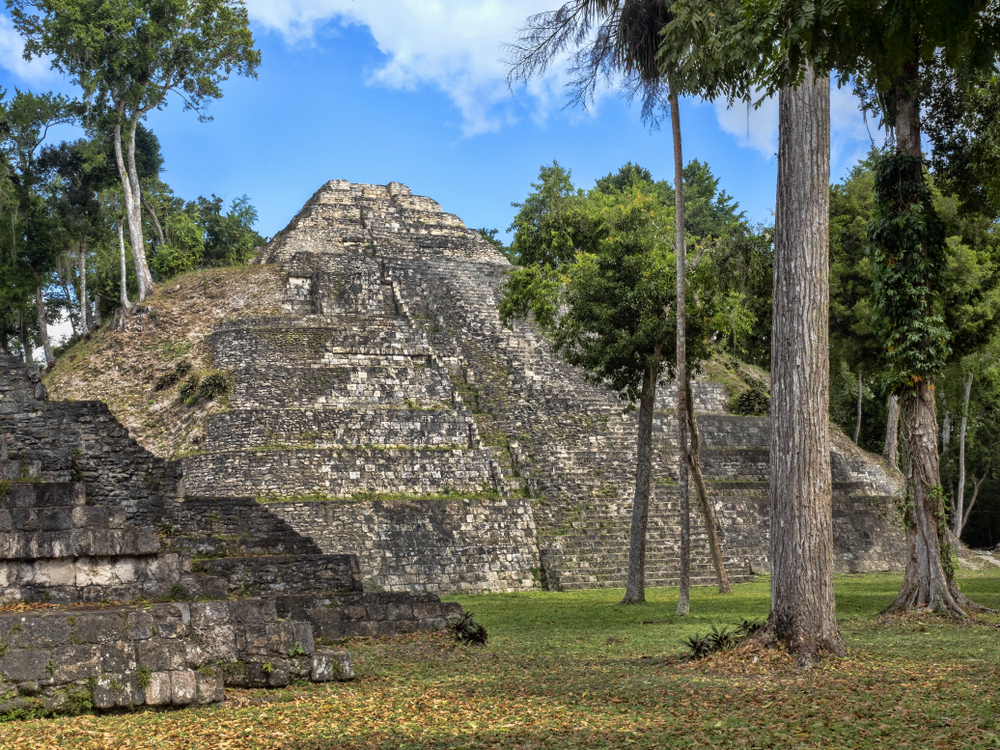Sierra del Lacandón Overview
Sierra del Lacandón National Park, or Parque Nacional Sierra del Lacandón in Spanish, is a vast protected area in the northern region of Guatemala, specifically within the department of Petén.
Covering approximately 1,268 square miles (3,285 square kilometers), it is one of the largest national parks in the country and forms a crucial part of the Maya Biosphere Reserve. The park stretches along the western border with Mexico, following the course of the Usumacinta River, which serves as a natural boundary between the two countries.
This remote and ecologically rich region is characterized by dense tropical rainforests, rugged limestone hills, vast wetland areas, and an extensive network of rivers and caves.
The park’s terrain is dominated by thick lowland tropical forests, which are home to towering ceiba trees, the national tree of Guatemala, along with mahogany and sapodilla trees. The rolling hills and karst formations create a varied landscape punctuated by caves and sinkholes.
The Usumacinta River, one of the most significant rivers in Mesoamerica, meanders through the park, supporting riparian ecosystems with unique plant species adapted to the fluctuating water levels. In the rainy season, seasonal lagoons and marshes swell, attracting an abundance of wildlife. The combination of humid tropical forests and aquatic habitats fosters one of the most biologically diverse regions in Central America.
Wildlife is abundant throughout Sierra del Lacandón National Park, making it a key refuge for some of Guatemala’s most endangered species. The dense jungle is home to large mammals such as jaguars, pumas, ocelots, and Central American tapirs, all of which rely on the park’s vast, undisturbed habitat for survival. The forests also support populations of howler and spider monkeys, often heard before they are seen as they move through the dense canopy.
The birdlife is equally impressive, with more than 400 species recorded, including scarlet macaws, harpy eagles, and ornate hawk-eagles. The wetlands and riverbanks host crocodiles, river turtles, and a wide variety of amphibians and fish, reinforcing the park’s ecological significance.
Among the park’s most popular features are its ancient Maya ruins, hidden deep within the jungle. While not as widely known as Tikal, archaeological sites such as Piedras Negras and El Porvenir provide a glimpse into the rich history of the region. These sites, once powerful Maya cities, contain impressive pyramids, stelae, and plazas that remain largely untouched by modern development.
Visitors exploring the park can hike through dense rainforests, embark on river expeditions along the Usumacinta, and witness breathtaking views from the park’s limestone ridges. Kayaking and canoeing are popular ways to navigate the waterways, offering close encounters with the abundant wildlife along the riverbanks.
Sierra del Lacandón faces significant conservation challenges, primarily from illegal logging, land encroachment, and agricultural expansion. Despite being a protected area, deforestation continues to threaten the delicate balance of the ecosystem.
However, conservation efforts led by government agencies and non-governmental organizations have made strides in preserving key habitats and working with local communities to promote sustainable practices. Initiatives focusing on ecotourism and community-led conservation projects have helped raise awareness about the park’s importance.
Through continued efforts, Sierra del Lacandón remains a vital stronghold for biodiversity and a critical component of the larger Maya Biosphere Reserve.











































































